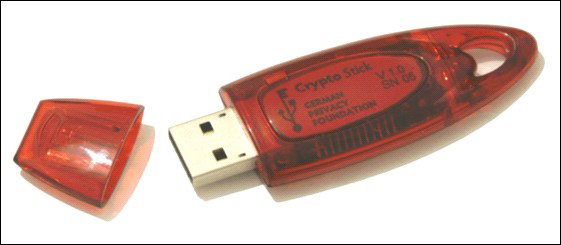Who is New in Google Summer of Code – Part 4
July 12th, 2013 | Published in Uncategorized
For our 4th post in our Google Summer of Code blog series, we have three new open source organizations describing the projects their students are currently working on below.



Over the last month we have highlighted 12 of the 40 new organizations participating in Google Summer of Code this year. Stay tuned each Friday as we continue to highlight more organizations. To view a complete list of the projects the 1192 students are working on this summer you can visit the Google Summer of Code program site.
By Stephanie Taylor, Open Source Programs

The projects Italian Mars Society (IMS) is proposing for Google Summer of Code 2013, relate to the development of the Command, Control and Communication (C3) subsystem as part of the European MaRs Analog Station for Advanced Technologies Integration (ERAS) program, which IMS is currently spearheading. ERAS' main goal is to provide an effective test bed for field operation studies in preparation for human missions to Mars.
We have four students working with us this summer on projects focusing on advanced Human Machine Interface (HMI) and Machine Learning technologies.
More details on these projects can be found on the ERAS website.
- Ezio Melotti is working on software allowing the control of a rover via an EEG neuroheadset
- Simar Preet Singh is implementing optimized neural networks for predicting solar energetic proton events.
- Eric Meinhardt is developing a speech recognition engine for control of rovers during surface-exploration activities
- Mario Tambos, who unfortunately could not be financed through the Google program, but who enthusiastically volunteered to participate, will develop, in sync with the other students, detection techniques, such as Multivariate Gaussian Models, for the identification of anomalous situations from space suit biomedical data.
The completion of these projects will be a major milestone in the development of the ERAS C3 subsystem. We intend to field test the corresponding software during the first available Mars analog field test campaign in collaboration with other space exploration advocacy organizations.
By Franco Carbognani, Science and Technology Coordinator, Italian Mars Society
-----

Bioconductor provides tools for the analysis and comprehension of high-throughput genomic data. Bioconductor uses the R statistical programming language, and is open source and open development. It has two releases each year, 671 software packages, and an active user community. Goals of the Bioconductor project include but are not limited to:
This year we are mentoring three very pragmatic projects which are intended to further our goals listed above. Our student projects are:
- Supporting a community of many thousands of computational biologists in their efforts to explore rapidly changing and growing data.
- Enabling this community to avoid reinventing the wheel by providing a mechanism to extend each other’s existing inventions.
- Maintaining a standard set of core objects, packages and annotations for building these shared tools.
- Promoting reproducible research by maintaining a common codebase for computational biology and mechanisms for sharing that code within the wider community.
- The ExperimentHub project which is intended to help increase the communities access to new annotation resources.
- The BiocParallel project which is focused on enhancing and unifying the ability of Bioconductor to take advantage of parallel compute resources.
- The Shiny Bioconductor objects project which aims to make it easier for Bioconductor users to create dynamic visualizations of their data.
By Marc Carlson, Bioconductor Organization Administrator
-----

The Crypto Stick is a next generation security USB key with an integrated smart card that enables highly secure encryption of emails and data, provides authentication on the Internet and is used for access control. The project began in 2006 with core developers from Germany, Poland, Singapore and Vietnam. Secret keys are always stored securely inside the Crypto Stick. Their extraction is (almost) impossible which makes the Crypto Stick immune to computer viruses and Trojan horses. The complete software stack is open source.
During Google Summer of Code 2013 our four students will work to:
- Improve software drivers and integration to password storage and other 3rd party applications.
- Implement the underlying OpenPGP Card specification based on JavaCard technology.
- Improve the One Time Password feature OATH which is compatible with Google's Authenticator.
- Integrate the Crypto Stick to the JavaScript framework OpenPGPjs to enable email encryption in web browsers without requiring any fat-client (e.g. GnuPG).
By Jan Suhr, Crypto Stick Organization Administrator
Over the last month we have highlighted 12 of the 40 new organizations participating in Google Summer of Code this year. Stay tuned each Friday as we continue to highlight more organizations. To view a complete list of the projects the 1192 students are working on this summer you can visit the Google Summer of Code program site.
By Stephanie Taylor, Open Source Programs